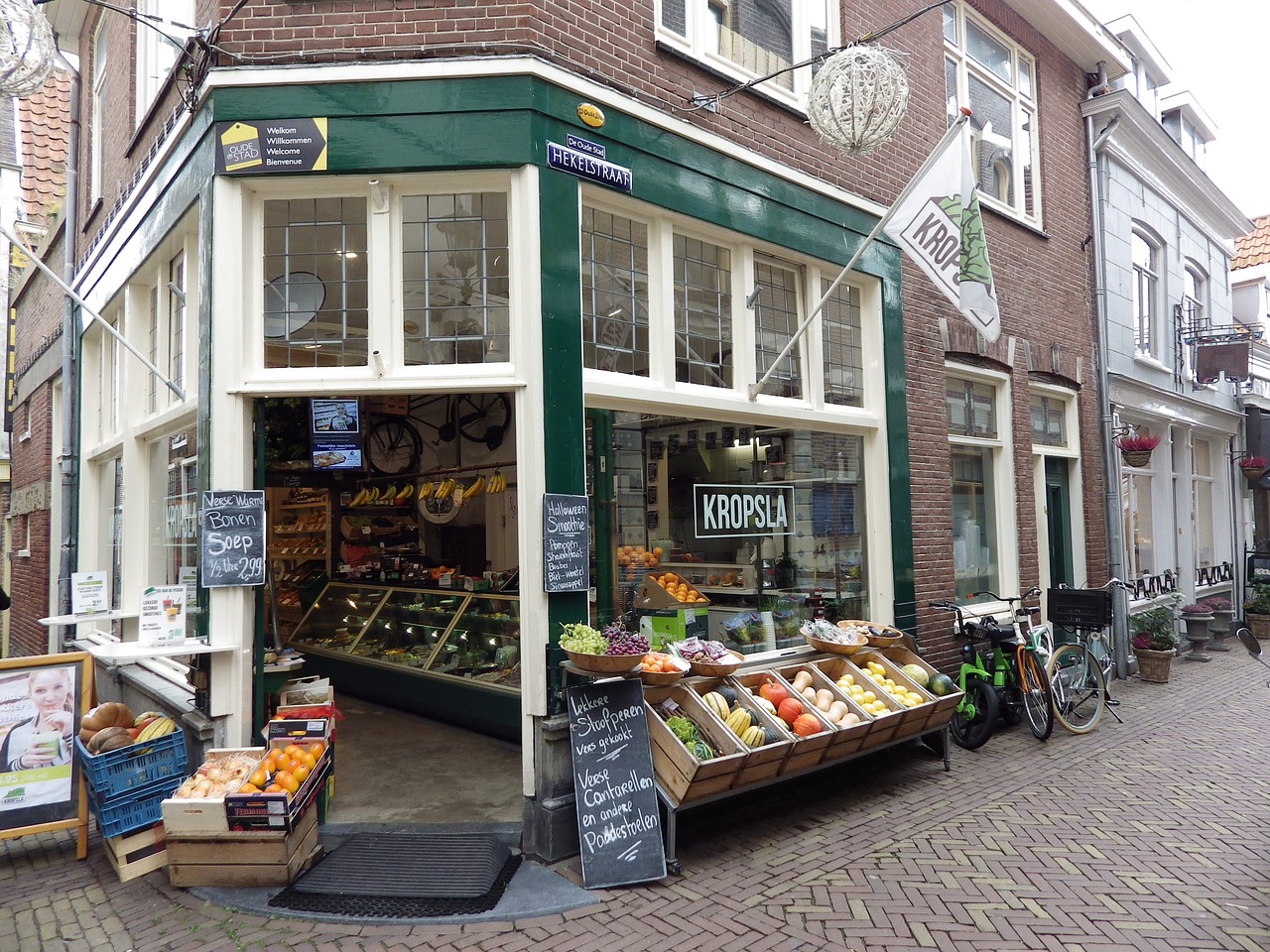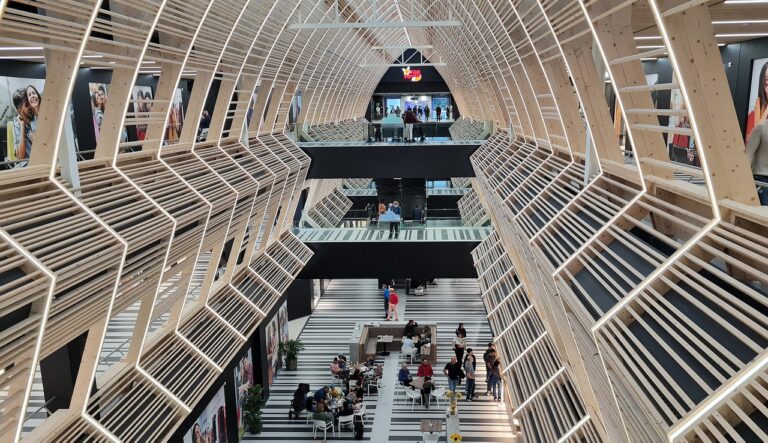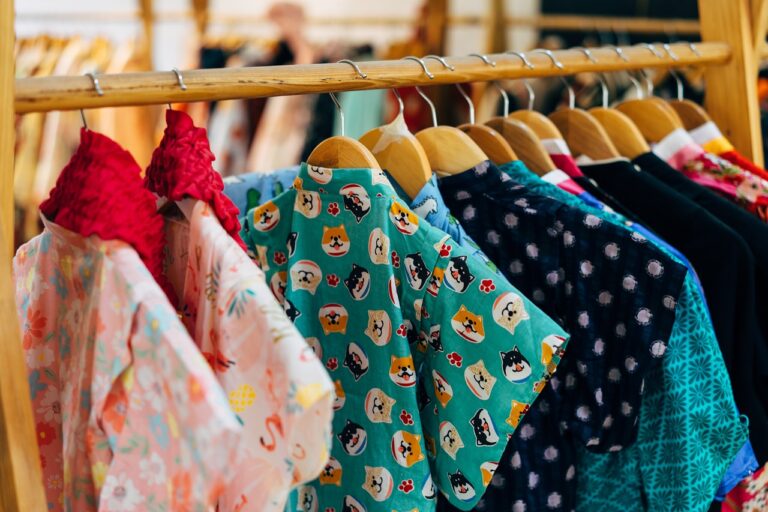The Role of Sustainable Fashion in Supporting Indigenous Communities
Indigenous communities around the world have long preserved and passed down traditional crafts from generation to generation. These crafts reflect their rich cultural heritage, stories, and values, serving as a means of artistic expression and connection to their roots. Through intricate beadwork, weaving, pottery, and other artisanal techniques, indigenous artisans not only create beautiful pieces but also uphold traditions that have been foundational to their communities for centuries.
The production of traditional crafts also plays a crucial role in the economic sustainability of indigenous communities. By selling their handcrafted goods, artisans are able to generate income to support their families and preserve their way of life. Additionally, these crafts often serve as a source of pride and empowerment for indigenous peoples, allowing them to showcase their unique cultural identity to the world.
Impact of Fast Fashion on Indigenous Communities
Fast fashion has become a dominant force in the global clothing industry, characterized by quick turnover of affordable and trendy garments. While this may seem appealing to many consumers, the impact on indigenous communities involved in traditional crafts and textiles is profound. Traditional crafts that have been passed down through generations are at risk of being overshadowed by mass-produced items that flood the market, leading to a loss of cultural heritage and identity.
Furthermore, the fast fashion industry’s demand for cheap labor and resources often leads to exploitation of indigenous communities. Many artisans are forced to work in harsh conditions for minimal pay, while their traditional techniques are exploited without proper recognition or compensation. This economic imbalance perpetuates a cycle of poverty and disenfranchisement within these communities, threatening their sustainable livelihoods and independence.







